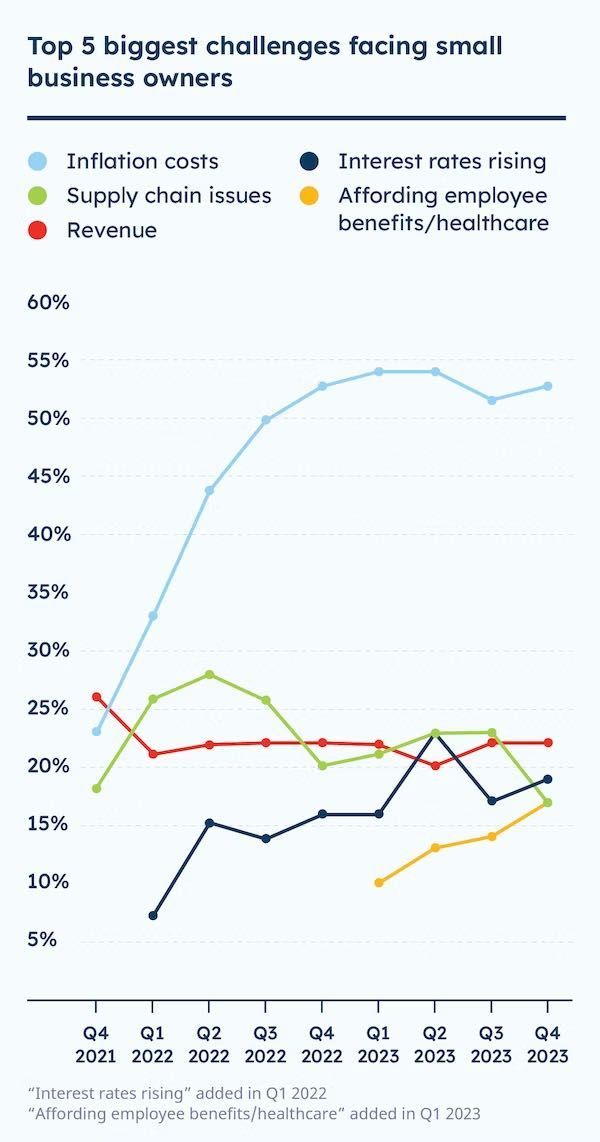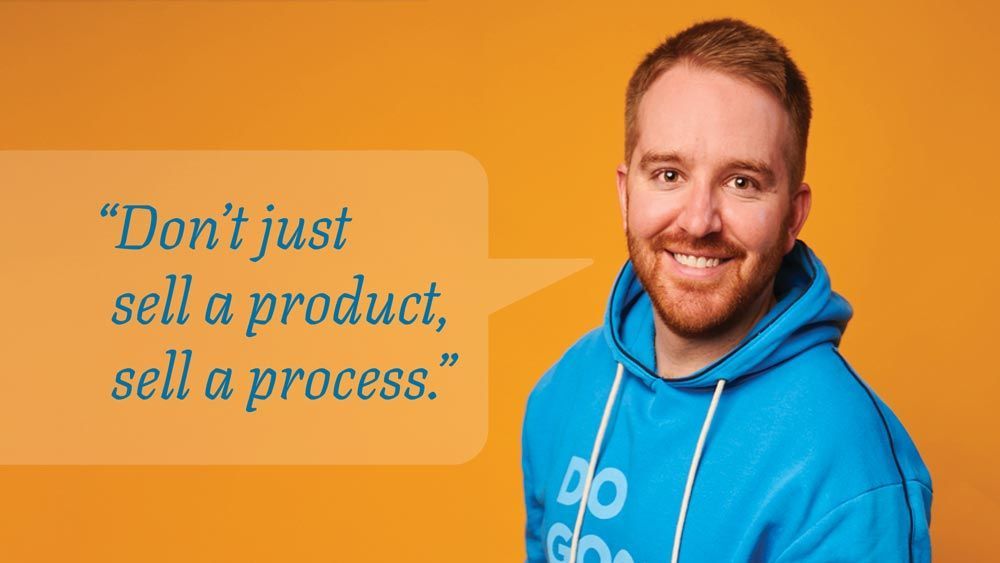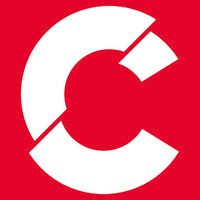What Do Business Owners Worry About the Most?
Why can’t we have an operating system for branding?
The easy answer is that small business owners don’t think about branding and marketing as much as other things.
I’ve been developing a model to make branding easy for small businesses. There are a bazillion frameworks and models in the marketplace; perhaps it’s better to refer to what I’m working on as an essential operating system.
It shouldn’t seem far-fetched. Independent business owners invest thousands of dollars in platforms like EOS (Entrepreneur Operating System), EMyth, Business Made Simple, and LeadFirst (a leadership and business platform for faith-friendly organizations).
Why a Branding System Helps Independent Small Businesses
After four decades of working with independent business owners, they want things to be simple. Small to mid-size business owners want a predictable process and path to a consistent outcome.
- Many branding frameworks are portrayed as a sequential process. Designing a brand that frames a positive perception and resonates with customers isn’t always sequential; it’s a tangential process woven into every business aspect.
- To a small business owner, the branding processes can seem mysterious. The agency shows up, gathers info, and comes back with a solution that may — or may not — fit. Small business owners appreciate certainty, assurance, and being part of the process.
- Some branding models could be more straightforward. They want you to think the only path to disruption is through chaos. Small business owners deal with turmoil daily. They prefer a path and a plan.
You’ll still gain some benefit from this article if you read it. Just skip to the end if you’re bored or disagree with my assessment. If you stick with it, you gain insight into why it’s critical to think about customers first. Strategy, branding, and marketing must be integrated with who the company relies on for revenue.
Now, let’s try to answer the question, what do business owners worry about the most?
The answer — which is the answer to many business questions — is, “It depends.”
For most small businesses, their concerns have remained consistent throughout 2023. According to the US Chamber’s 2023 Small Business Survey, the top five small business worries are inflation, supply chain, revenue, rising interest rates, and affording employee benefits and healthcare.
We’re all feeling the pain of inflation.
The NFIB Research Foundation survey reports small and independent business owners are pessimistic about future business conditions, with 22% of owners saying that inflation was their single most crucial problem in operating their business.
What’s your most pressing business challenge?
When I ask owners, “What’s your most pressing business challenge?” the conversation often turns to concerns that worry most independent businesses: creating demand, sustaining revenue, and staffing.
It’s a never-ending cycle. For example, demand for most home service companies ebbs and flows with the seasons. HVAC and cooling are cyclical. Plumbing and electrical are dependent on consumer needs at the moment. Most homeowners call or seek help based on the desire to prevent failure, maintain the status quo, or upgrade their systems.
With the right strategy and an adequate budget for the right channel marketing mix, a competent marketing team can generate leads for the sales team. This is marketing’s role.
But there’s often a broader context at the heart of every small business that relies on its branding. Small business branding should create the frame to attract and retain the right customers and appeal to and retain the best talent.
Attracting and appealing to people often depends on how familiar your company, product, or service is to customers and job seekers.
As a business owner, you can’t help but think about your company, its customers, brand, and marketing from the inside out. Yet, simultaneously, you must think about all three from the customer’s perspective.
I appreciate the use of a survey to understand business sentiment. Still, at the same time, surveys are often designed to capture data relevant to the firms who commission the survey.
Don’t fall short in your journey to build a profitable business and design a valuable business brand
Business Made Simple’sSmall Business Flight School includes six steps to help you implement a plan to double your revenue.
Yet it won’t help you design the brand that represents your business and increases future value.
Get access to the frameworks designed by Brand Strategist Brian Sooy. Be guided by elite marketing frameworks and curated expertise to navigate and clarify the complexities of modern marketing with Ella Ai.
I appreciate listening to small business owners who share what they want:
- “To capture the glory of the past, we must have a full cultural shift within the company and then spread that message.”
- “We work hard to build a great internal team. When someone applies to work for us, I want to say, “We've got all the great people we need, but we'll put you on the waiting list.”
- “We want to have a brand that employees are proud of when they wear the uniform and show up for work.”
- “We want people to know that our top priority is how we care for our customers and employees.”
- “I want to get buy-in from our internal team.”
- “Our customers don’t have clarity for who our company is.”
- “I want to figure out our brand at the core to create something memorable and simple.”
When your company is in the $0-$100,000 or $10-12 million revenue range, you must be intentional about answering these questions to create the framework for how people perceive your company in the marketplace:
- What are your shared values?
- How do you put your shared values into action?
- What do you sell?
- Who do you sell to?
- Why should they care?
- What are you saying?
- How are you saying it?
- Where do you show up?
- How are you showing up?
In navigating the headwinds and tumultuous events of the current economy, independent business owners must constantly adjust to the changing winds of the market. Inflation, supply chain, talent acquisition, and fluctuating consumer demands are hurdles to overcome and opportunities to evolve and grow.
A robust and resonant brand acts as the core of your business and a compass to keep your company oriented. It guides decision-making, attracts the right customers, and inspires employees.
Think of your brand as the story you want other people to share about how they think of your company and what it’s like to work with it. From your perspective, it embodies your businesses’ shared values, the story you tell, the experience you deliver, and how you treat people.
From your customers’ perspective, the stories they share — in reviews, through word of mouth, and other recommendations — convey how you listen, respond, and provide a solution to their problem. What they share becomes your brand.
When it comes to branding, words matter most.
In answering the critical questions — what you sell, to whom, and why they should care — small business owners curate a narrative that ideally resonates deeply with their target audience. This narrative evolves as the business grows and as customer needs change. Brands are formed through dialogue and design, a continuous exchange of values and expectations between a company, its products, and its customers.
The effectiveness of a brand is not just in its creation but in its consistency across all aspects of the business and every experience. Every touchpoint is an opportunity to reinforce a brand's commitment to a company’s team and customers, from service to experience, product design, and work culture.
For most small- to mid-size independent businesses, there’s a limit to how much money they can invest in paid marketing channels. The independent companies that thrive are those that understand how branding works. Thriving businesses adapt to changes in the market, anticipate what’s next, and shape how they meet customers where they are in light of these changes.
Ultimately, small business success hinges on the strength and clarity of how it delivers on its understanding of the customer and the problems or challenges they face. As a small business owner, constantly focus on the issue you help solve and how you can use marketplace challenges to build a stronger, more resilient, and more meaningful business.
Do you have a hard time explaining what your company does or why your brand matters to people?
If you struggle to grow your business, you’re not alone. Aespire can help you create a clear message and brand that helps you grow your business. Contact us today for a consultation with a StoryBrand Certified Marketing Guide.
Get a Free Comprehensive Marketing Assessment
Stop hoping your marketing will sort itself out.
- Complete this free assessment in 15 minutes.
- Review your custom report (and schedule a 30-minute review) to diagnose what’s happening.
- Create an action plan to get your marketing back on track.








